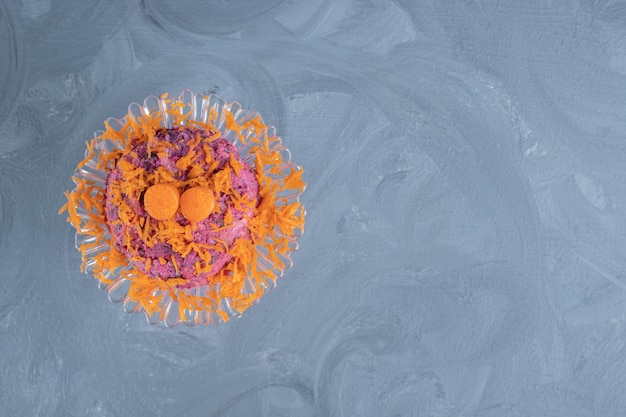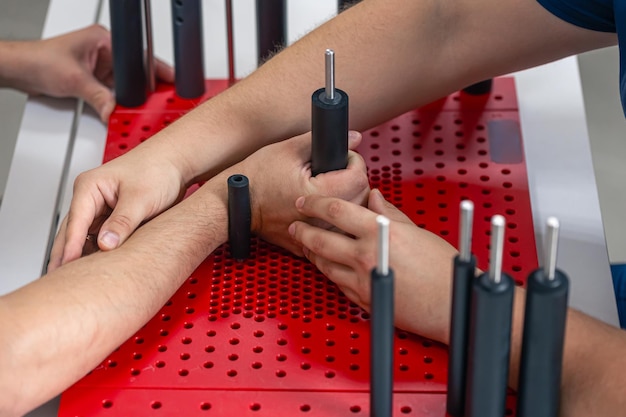In a groundbreaking discovery, scientists from Trinity College Dublin have found that applying a low-level electrical current to macrophages—key immune cells in the body—can dramatically alter their behavior. This innovative approach reprograms these cells to reduce inflammation and accelerate tissue repair, offering promising new pathways for treating chronic diseases and injuries.
The findings could transform how we approach conditions such as arthritis, inflammatory bowel disease, chronic wounds, and even recovery after surgery. By harnessing the body’s own immune system with a simple, non-invasive technique, researchers are opening the door to a new era of bioelectric medicine.
Macrophages are white blood cells that play a central role in the immune system. They patrol the body, detecting and destroying pathogens, clearing cellular debris, and signaling other immune cells to join the fight. But their role doesn’t end there. Macrophages are also crucial in regulating inflammation and promoting tissue regeneration.
These cells are highly adaptable. Depending on environmental cues, they can adopt different functional states: pro-inflammatory (M1) to fight infection, or anti-inflammatory (M2) to support healing. In chronic diseases, macrophages often remain stuck in the M1 state, causing prolonged inflammation that damages tissues instead of repairing them.

Macrophages in action: identifying and responding to threats in the body.
The Trinity College Dublin team discovered that applying a weak electrical current to macrophages shifts their behavior from pro-inflammatory to anti-inflammatory. This electrical stimulation appears to activate specific ion channels and signaling pathways within the cells, prompting them to release healing molecules like growth factors and anti-inflammatory cytokines.
In lab tests, electrically stimulated macrophages showed increased migration to injury sites, faster clearance of dead cells, and enhanced support for new tissue formation. The result? A more balanced immune response that reduces swelling, pain, and scarring while speeding up recovery.
This discovery has wide-ranging implications. For patients with autoimmune disorders like rheumatoid arthritis or Crohn’s disease, where the immune system attacks the body’s own tissues, electrical modulation could offer a way to calm overactive immune responses without the side effects of long-term drug use.
In wound care, especially for diabetic ulcers or burns, stimulating macrophages could significantly improve healing outcomes. Current treatments often struggle with persistent inflammation and infection, but this new method could enhance the body’s natural repair mechanisms.
Surgical recovery could also benefit. Post-operative inflammation is a common complication, and reducing it early could lower the risk of infection and shorten hospital stays. Future medical devices might include bioelectric dressings or implants that deliver targeted stimulation to immune cells at the injury site.

Concept of an electric bandage stimulating immune cells to accelerate healing.
This research is part of a growing field known as bioelectric medicine—a discipline that uses electrical signals to modulate biological processes. Unlike drugs that affect the whole body, bioelectric approaches can be highly targeted, potentially reducing side effects.
Other examples include vagus nerve stimulation for epilepsy and inflammatory diseases, and electrical implants for chronic pain. The Trinity study adds immune cells to the list of electrically controllable targets, expanding the possibilities for non-pharmacological therapies.
While the results are promising, translating this discovery into clinical practice will take time. Researchers must determine the optimal electrical parameters—such as voltage, duration, and frequency—for different conditions. They also need to develop safe, reliable delivery methods for human use.
Animal studies and early human trials will be essential to confirm efficacy and safety. Regulatory approval, device development, and integration into healthcare systems will follow. Still, the foundational science is strong, and the potential benefits are significant.
The ability to reprogram immune cells with electricity represents a paradigm shift in how we think about healing. Instead of suppressing the immune system with drugs, we may soon be able to guide it with precision, encouraging it to heal rather than harm.
As research continues, we could see the development of smart bandages, implantable stimulators, or even wearable devices that enhance recovery from injury or disease. This innovation underscores the power of interdisciplinary science—merging immunology, bioengineering, and electronics to solve complex health challenges.
Electrically guided healing isn’t science fiction—it’s the next frontier in regenerative medicine.

Health

Health

Health

Health

Health

Wellness

Wellness

Wellness

Health

Fitness

Health

Health